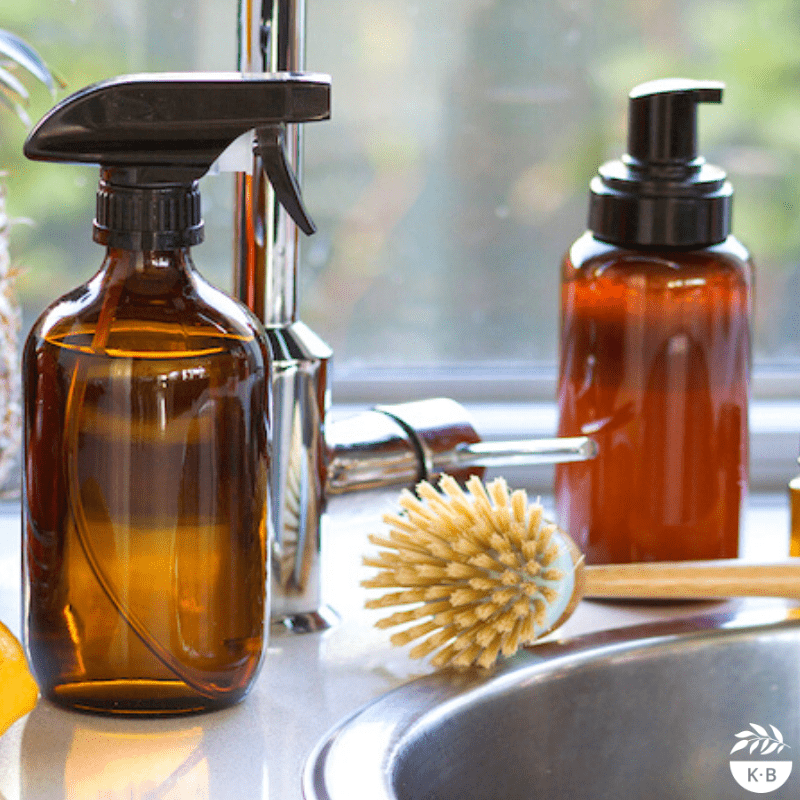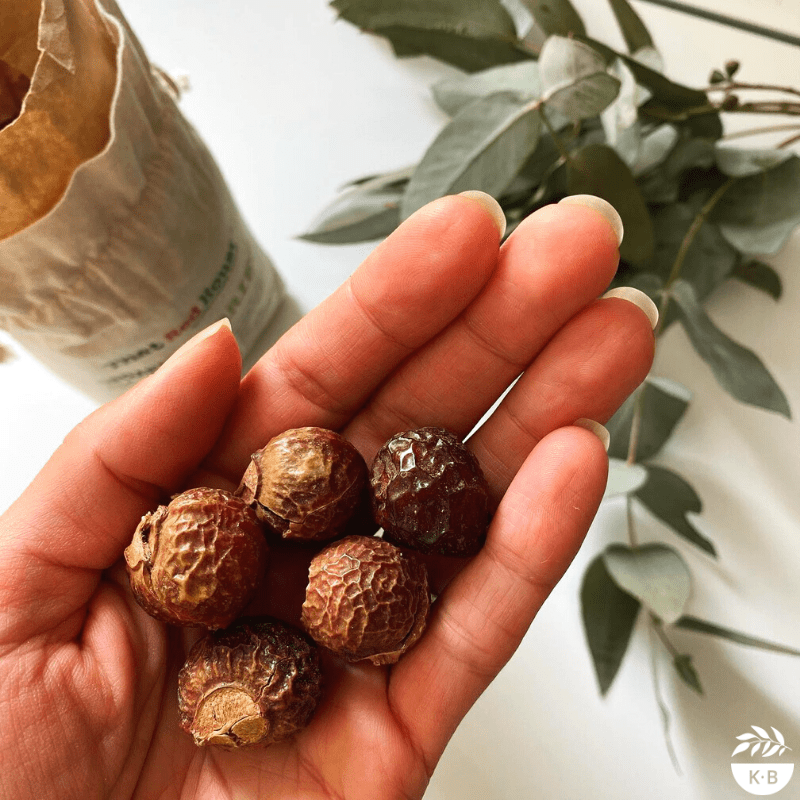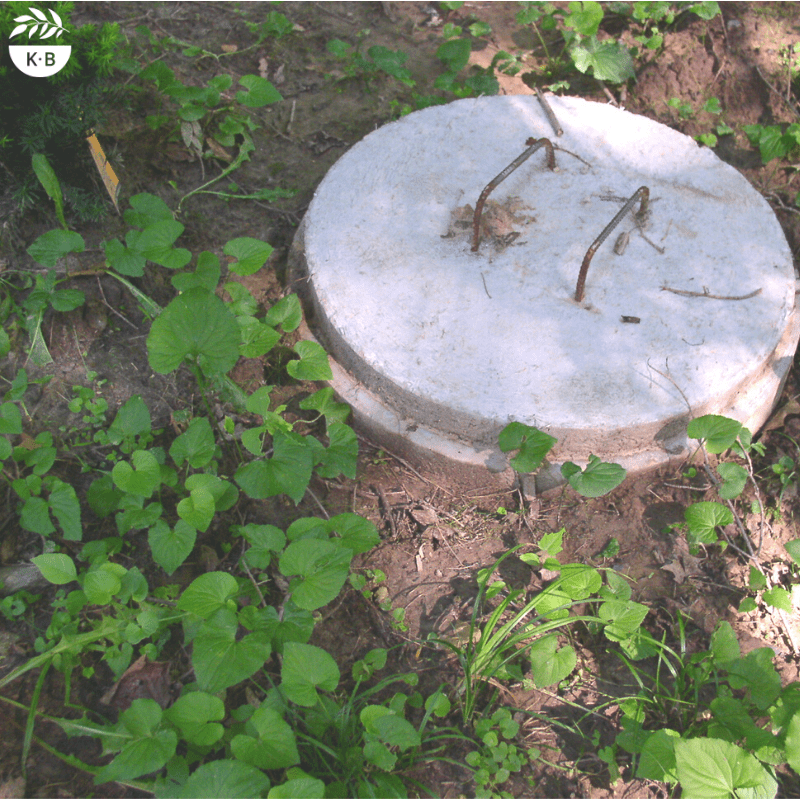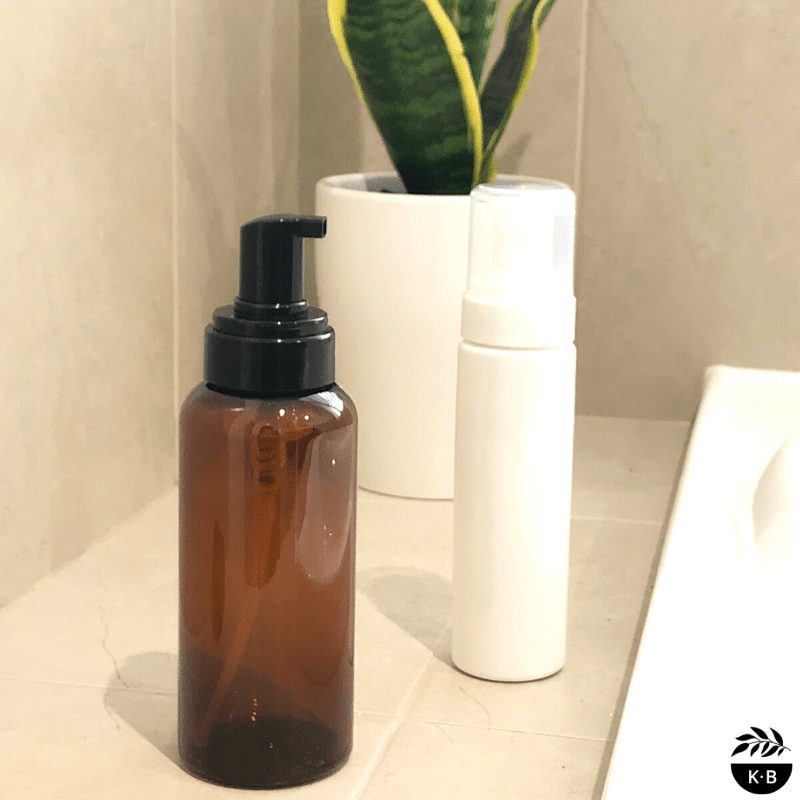 Sick building syndrome – have you heard that term before? Have you ever walked into work or a similar indoor environment and felt sluggish, with scratchy eyes or even a tight chest?
Sick building syndrome – have you heard that term before? Have you ever walked into work or a similar indoor environment and felt sluggish, with scratchy eyes or even a tight chest?
Sick building syndrome gives Monday-itis a whole new meaning. If you have experienced that unwell feeling when spending too much time indoors, it’s time to take it seriously. Think of those itchy eyes, irritated airways, headaches and body aches as a red flag your body is waving, sometimes gently, sometimes with desperation for the relief that only fresh air can provide.
Did you know that the average Aussie spends about ninety percent of their time indoors?
Factors such as closed windows, poor ventilation, recycled air, mouldy air-conditioning systems, fragranced people and products, electronics, fabrics and furniture treated with chemicals such as flame retardants etc., all contribute to symptoms experienced by some people in certain indoor environments. It is a recognised condition that is known as sick building syndrome. This syndrome is diagnosed when a person exhibits symptoms of ill health in a specific building and not elsewhere – with no other identifiable illness present. Symptoms can range from respiratory irritation to fatigue and headaches – and these are only a few.
Air-conditioned areas that are closed up, lacking access to fresh air (think hospitals, hotels, shopping centres, office spaces) tend to be the worst culprits for sick building syndrome. If air-conditioning units aren’t regularly cleaned and serviced, if vents are poorly located, bringing in car exhaust or factory fumes and allergens like pollen, then the quality of air circulating declines.
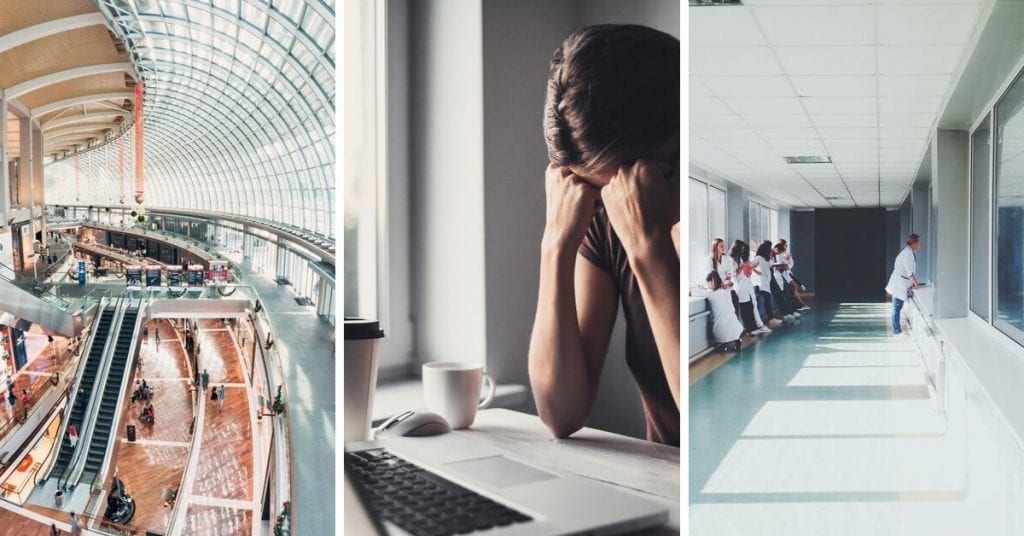
Then there are Volatile Organic Compounds (VOCs). VOCs are ‘a class of carbon-based chemicals, which evaporate easily at room temperature, giving off vapours that can be inhaled’ (Is Your Home Making You Sick? – Peter Dingle). Sources of VOCs include paint, carpeting, electrical appliances, furniture, adhesives, cleaning products etc., and these chemicals are found in the dust particles of most homes. VOCs are more prevalent indoors, with concentrations found to be up to ten times higher indoors than outdoors. The sneakiest of all the VOCs can be found in fragrance and perfume (which I personally avoid like the plague).
In addition to VOCs, biological contaminants like mould, fungus, viruses and bacteria, can contribute to the poor quality of indoor air. These tend to flourish in humid climates or any damp areas. I recently listened to a podcast on Low Tox Life with Alexx Stuart and Nicole Bijlsma (amazing building biologist) about home health and how we’re all basically unknowing victims of a mould crisis due to global warming and rising humidity – mould loves the stuff!
The possibility of our buildings making us sick could feel a bit overwhelming, but with this knowledge we become empowered inhabitants of this developed world.
While the mainstream population (I’m thinking policy-makers, councils and governments, building companies etc.) might have a long way to go in learning about how to effectively reduce our exposure to toxins, individually we can all do a little bit here and there to help. If you work or live in a building you suspect has poor indoor air quality, have a chat to the owner/manager/landlord; express your concerns and follow up (gently!). You can do your bit and consider taking breaks outside and opening your windows, if possible. Be an advocate for your own health and invite fresh air into your space. This blog is a handy resource for learning how to detox your home.
If you suspect you are suffering from sick building syndrome, it is best you talk to your health practitioner and take active steps to purify the environment you spend most of your time in.

